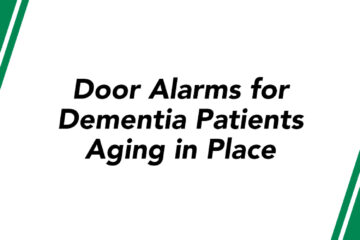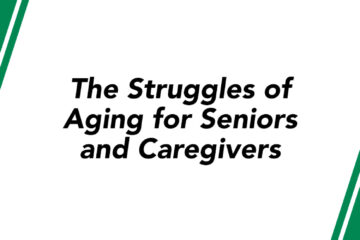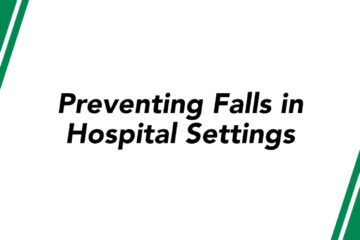The purpose of the Long-Term Care Facility Resident Assessment Instrument 3.0 User’s Manual (published in October 2019) was to offer clear guidance to nursing staff and hospitals, through instruction and example for the effective use of the RAI.
The goals of the MDS 3.0 revision were to introduce advances in assessment measures, increase the clinical relevance of items, improve the accuracy and validity of the tool, increase user satisfaction, and increase the resident’s voice by introducing more resident interview items.
Providers, consumers, and other technical experts in nursing home care requested that MDS 3.0 revisions focus on improving the tool’s clinical utility, clarity, and accuracy.
With this being said, the information that was published within this report in Section P, was inaccurately interpreted to read that fall prevention alarms are considered a restraint and therefore prohibited in long term care facilities.
At Smart Caregiver, our endeavor is to educate consumers about the benefits of fall prevention tools and how they can protect elderly seniors. With this in mind, it is also our responsibility to clarify, as well as highlight, the misconceptions that distributors and long term care facilities may hold as a consequence of certain points stipulated within this report in reference to alarms.
As outlined, the report made claims to a few factors regarding alarm systems incorporated within the nursing facility. They categorized an alarm as ‘ any physical or electronic device that monitors resident movement and alerts the staff when movement is detected;
“Bed alarm, chair alarm, floor mat alarm, motion sensor alarm, wander/elopement alarm, other alarm “
The points pertaining to alarm systems within the report are outlined below, accompanied by our own annotations to clarify any misconceptions caused as a result.
Health-related Quality of Life
Report: While often used as an intervention in a resident’s fall prevention strategy, the efficacy of alarms to prevent falls has not been proven; therefore, alarm use must not be the primary or sole intervention in the plan.
Our response: Smart Caregiver has never recommended this. Our products are intended as an addition to good care giving practices and are not a substitute for proper staffing and patient management practices.
Report: The use of an alarm as part of the residents’ plan of care does not eliminate the need for adequate supervision, nor does the alarm replace individualized, person-centered care planning.
Our Response: CMS states that alarms can be used when deemed necessary.
Report: Adverse consequences of alarm use include, but are not limited to, fear, anxiety, or agitation related to the alarm sound; decreased mobility; sleep disturbances; and infringement on freedom of movement, dignity, and privacy.
Our Response: Smart Caregiver offers CMS compliant Quiet Fall Prevention. There is no room noise as the alert is outside the room. The caregiver can be alerted at a nurse station or by pager. Our mobility devices are low profile and inconspicuous which allows the resident to be restraint free and retain their sense of dignity.
Here at Smart Caregiver, we want to reiterate that while CMS is committed to reducing unnecessary loud alarms in facilities, Smart Caregiver offers CMS compliant, quiet fall prevention products, allowing products to help keep seniors safe from falls.
We want you to understand that despite any misconceptions raised within the report, these products are completely fine to use and are accepted by the commission report when deemed necessary.
For more information, call our team today to discuss this in more detail.



